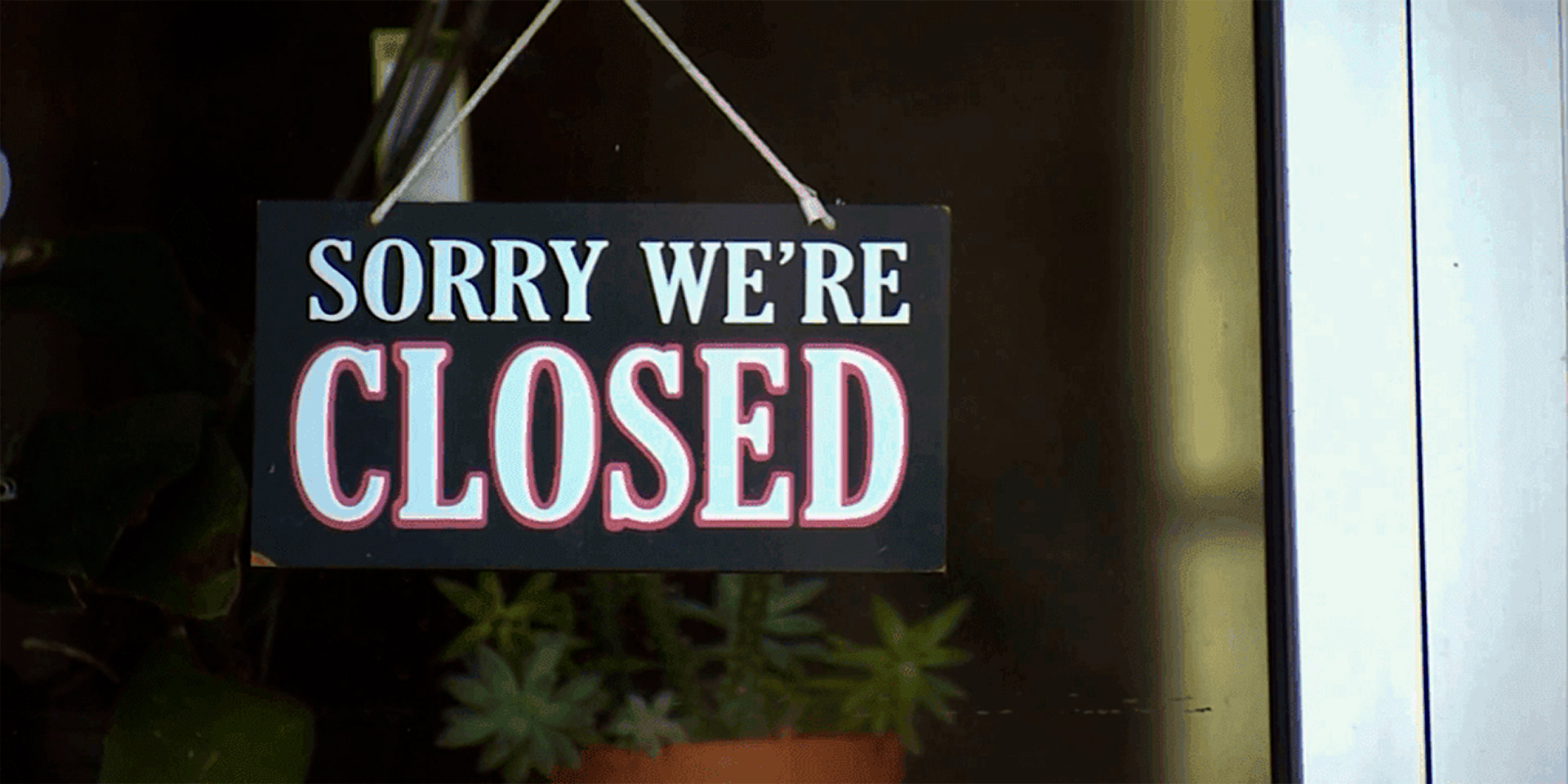Unemployment does not occur in isolation; its effects ripple through the economy, influencing industries, wages, and innovation. High unemployment rates reduce consumer spending, disrupt supply chains, and hinder economic growth. This domino effect extends beyond the unemployed population, affecting businesses, investors, and communities. Understanding how unemployment impacts other economic sectors is crucial for policymakers and businesses to develop strategies that mitigate its long-term effects. This article delves into the interconnected dynamics of unemployment and its far-reaching economic consequences.
Consumer Spending: The First Domino to Fall
Unemployment directly reduces consumer spending, as jobless individuals cut back on discretionary and essential purchases. This contraction in demand affects sectors reliant on consumer spending, such as retail, hospitality, and entertainment. For instance, during the COVID-19 pandemic, rising unemployment caused sharp declines in dining, travel, and non-essential retail activities.
The reduction in consumer spending creates a negative feedback loop. Businesses experience lower revenues, leading to layoffs or reduced hours for employees, which further exacerbates unemployment and weakens economic recovery efforts.
Key Sectors Affected
- Retail: Reduced spending on non-essential goods impacts sales.
- Hospitality: Declines in dining and travel demand reduce profits.
- Real Estate: Unemployment affects housing demand and rental markets.
By addressing unemployment, governments can stimulate consumer spending and support economic stabilization.
Industries Vulnerable to Unemployment Shocks
Certain industries are particularly vulnerable to the ripple effects of unemployment. For example, manufacturing relies on consumer demand for durable goods like cars and appliances. When unemployment rises, demand for these products declines, resulting in production slowdowns, inventory build-up, and layoffs within the sector.
Small businesses are also disproportionately affected, as they often lack the financial reserves to withstand prolonged declines in revenue. The resulting closures disrupt local economies, reducing employment opportunities and tax revenues for municipalities.
Industries at High Risk
- Manufacturing: Dependent on consumer demand for durable goods.
- Small businesses: Limited financial resilience to economic shocks.
- Construction: Sensitive to declines in housing and infrastructure investment.
Mitigating unemployment impacts on these industries requires targeted fiscal and monetary policies that boost demand and investment.

Wages and Employment Quality
Unemployment pressures wages and employment quality across sectors. High unemployment creates a labor surplus, enabling employers to offer lower wages and fewer benefits. This dynamic disproportionately affects low-skilled workers and industries with high reliance on hourly labor.
Additionally, prolonged unemployment can lead to skill erosion, further diminishing workers’ bargaining power and employability. For example, individuals out of work for extended periods may struggle to re-enter the workforce at their previous skill level or income, perpetuating wage stagnation.
Impacts on Wages and Job Quality
- Wage stagnation: Excess labor supply suppresses wage growth.
- Reduced benefits: Employers cut perks to manage costs.
- Skill erosion: Long-term unemployment diminishes workforce capabilities.
Efforts to improve workforce training and create job opportunities are essential for addressing these challenges.
Innovation and Investment Slowdown
High unemployment stifles innovation and investment, as businesses focus on short-term survival rather than long-term growth. Reduced consumer spending diminishes revenues, discouraging investments in research, development, and expansion. Startups and innovation-driven sectors, such as technology and renewable energy, are particularly vulnerable, as they rely on investor confidence and consumer demand to thrive.
For example, during economic downturns, venture capital investments often decline, limiting resources for innovative projects. This slowdown can have lasting effects on technological advancement and economic competitiveness.
Factors Contributing to Innovation Slowdowns
- Reduced revenues for reinvestment in R&D.
- Lower investor confidence during periods of economic uncertainty.
- Decreased consumer demand for innovative products and services.
Promoting policies that support innovation and entrepreneurship is crucial for sustaining economic growth during periods of high unemployment.
Impact on Government Revenues and Public Services
Unemployment affects government revenues by reducing tax collections and increasing social welfare expenditures. Income tax revenues decline as jobless individuals no longer contribute, while reduced consumer spending impacts sales tax collections. Simultaneously, higher demand for unemployment benefits, healthcare subsidies, and food assistance strains public budgets.
For example, during the Great Recession, the U.S. government faced rising deficits due to decreased revenues and increased spending on social safety nets. This fiscal strain limits governments’ ability to invest in infrastructure, education, and other public services critical to economic recovery.
Fiscal Implications
- Lower income and sales tax revenues reduce public budgets.
- Increased demand for social welfare programs strains resources.
- Reduced funding for infrastructure and education hampers growth.
Balancing fiscal policies to address unemployment while maintaining public investments is a key challenge for policymakers.
Regional and Local Economic Disparities
Unemployment exacerbates economic disparities between regions and communities. Areas heavily reliant on specific industries, such as manufacturing or tourism, are more vulnerable to unemployment shocks. For instance, factory closures in the Midwest U.S. during economic downturns led to widespread job losses and economic stagnation in affected communities.
Local businesses in these regions also suffer as reduced household incomes limit consumer spending. This creates a vicious cycle of economic decline, making it challenging for communities to recover without targeted interventions.
Regional Effects
- Industrial regions: Vulnerable to sector-specific unemployment shocks.
- Tourism-dependent areas: Declines in travel affect local economies.
- Rural communities: Limited diversification increases economic vulnerability.
Addressing regional disparities requires tailored strategies that promote diversification and resilience in local economies.

Psychological and Social Consequences
The effects of unemployment extend beyond economics, influencing social well-being and mental health. Job loss often leads to stress, anxiety, and depression, affecting individuals’ productivity and quality of life. These issues can spill over into communities, increasing healthcare costs and reducing social cohesion.
For example, studies have shown that areas with high unemployment rates experience higher rates of substance abuse and crime. These social consequences further strain public resources and highlight the broader impacts of unemployment on society.
Social Impacts
- Mental health challenges increase healthcare costs.
- Reduced social cohesion impacts community stability.
- Higher crime rates and substance abuse strain public safety systems.
Comprehensive unemployment strategies must address both economic and social dimensions to promote holistic recovery.
Policy Solutions to Mitigate the Ripple Effects
Addressing the ripple effects of unemployment requires coordinated policy efforts across multiple sectors. Governments can implement fiscal stimulus programs to boost consumer spending and create jobs in infrastructure, healthcare, and renewable energy. For example, public works projects not only generate employment but also improve long-term economic productivity.
Workforce training programs are essential for equipping individuals with skills relevant to emerging industries. Partnerships between governments, businesses, and educational institutions can ensure that training aligns with market needs, reducing skill mismatches and improving employability.
Effective Policy Measures
- Fiscal stimulus programs to drive job creation.
- Workforce development initiatives for skill enhancement.
- Support for small businesses through grants and low-interest loans.
These measures address both immediate unemployment challenges and long-term economic stability.
The Future of Employment and Economic Resilience
The future of employment depends on the ability of economies to adapt to changing dynamics, including technological advancements and globalization. Policymakers must balance fostering innovation with protecting workers from displacement, ensuring that economic progress benefits all sectors of society.
Resilience strategies, such as diversifying local economies and investing in automation-resistant industries, can help mitigate the impacts of unemployment. Additionally, leveraging data and technology to predict and address unemployment trends will be crucial for proactive policymaking.
Emerging Trends
- Automation and AI reshaping job markets and workforce needs.
- Globalization influencing employment opportunities across regions.
- Increased focus on sustainability and green jobs.
Adapting to these trends will require innovative solutions and collaborative efforts among governments, businesses, and communities.
The Conclusion
Unemployment’s ripple effects extend across industries, wages, innovation, and social well-being, creating a domino effect that impacts entire economies. Addressing these challenges requires comprehensive strategies that combine fiscal stimulus, workforce development, and regional support. By fostering resilience and promoting inclusive economic growth, societies can mitigate the adverse effects of unemployment and build a stable foundation for future prosperity.




